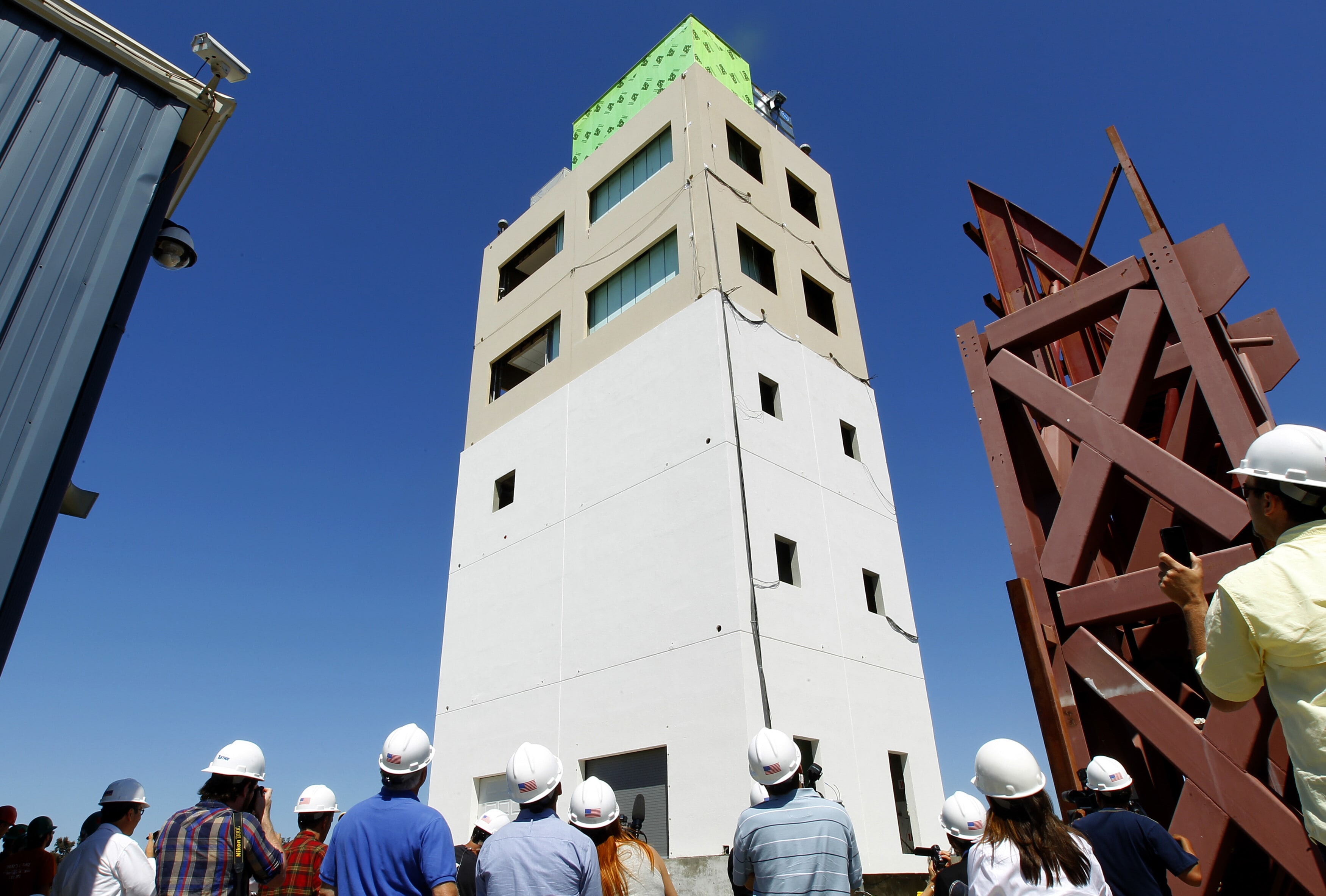How effective are farming subsidies?

Malawi’s farm input subsidy benefits the poor and can be part of a viable national development strategy.
Agriculture is Malawi’s main economic sector. It generates one-third of GDP, half of total export earnings and two-thirds of employment.
The farm input subsidy programme is a prime example of a large-scale development programme. It is designed to provide about half of the country’s farmers with two 50kg bags of fertiliser. Beneficiaries pay a small redemption fee, equating to a subsidy of two-thirds or more. Farmers are also provided with free improved seeds, principally for maize.
Implementing the programme has prompted large cuts to other agricultural programmes, such as irrigation, research and extension, as well as to other sectors, including roads, industry and the environment. Its budget accounts for 3-6% of Malawi’s GDP and represents around 9-18% of government spending.
Given the scale of the programme, there is, correctly, strong interest in its effectiveness and a number of evaluations have been conducted. In a recent paper, we present a comprehensive evaluation of the programme and its macroeconomic effects.
The benefits
While the statistical fog that characterises Malawi precludes definitive conclusions, the available evidence indicates that the programme has resulted in:
- higher maize production despite reduced area;
- greater allocations of land to other crops;
- lower food prices;
- higher wages; and
- lower poverty rates, particularly in rural areas.
These positive outcomes are consistent with the best reading of available data, a broad array of non-monetary measures of welfare, and the views of Malawians with respect to their living standards.
The mechanisms
The programme increases land productivity and releases agricultural land to crops that are of higher value than traditional maize. We estimate that the programme has resulted in a roughly 15% gain in maize production. This is despite a slightly more than 15% reduction in the total area allocated to maize.
The release of land for other crops constitutes the major spillover from the programme. These and other spillover effects have been largely unaccounted for in existing evaluations. We find that the benefit-cost ratio increases by 60% when spillovers are accounted for.
While accounting for spillovers such as land reallocation raises the benefit-cost ratio for the programme across an array of scenarios, arguments exist that the programme’s costs still outweigh the benefits. In particular, the efficiency of fertiliser in increasing yields achieved by recipients represents a critical parameter.
If yields increase little, as more pessimistic studies suggest, benefits of the programme are small and do not exceed the costs of the subsidies resulting in benefit-cost ratios below one. For estimates of yield response at the more optimistic end of the spectrum, benefits of the programme become substantial.
Across a broad array of fertiliser response estimates, the programme remains pro-poor. In addition, the improved seeds distributed under the programme are more drought-tolerant than local varieties. By expanding the use of these seeds, the programme generates “double-dividends” in the form of higher yields and a more drought-resilient maize sector.
The outlook
Positive outcomes are not guaranteed. Critics correctly emphasise the potential for operational problems, such as late delivery of fertiliser or outright theft and other forms of fraud, to reduce the benefits.
Nevertheless, our analysis offers a cautiously positive assessment. Our results indicate that the programme has a relatively high potential in a country with limited alternatives. It can form a part of a viable development strategy.
Looking forward beyond improving straight operations, there are opportunities to lock in durable development gains by considering how fertiliser subsidies could be packaged with companion efforts in areas such as:
- soil fertility management practices;
- private input market development;
- investments in rural roads; and
- export opportunities.
Exit strategies over the longer run also merit consideration.
This article is published in collaboration with The Conversation. Publication does not imply endorsement of views by the World Economic Forum.
To keep up with the Agenda subscribe to our weekly newsletter.
Author: Channing Arndt is a Senior Research Fellow at United Nations University. James Thurlow is a Senior Research Fellow at International Food Policy Research Institute. Karl Pauw is a Research Fellow at International Food Policy Research Institute.
Image: Ethiopian farmers Mandefro Tesfaye (L) and Tayto Mesfin collect wheat in their field in Abay, north of Ethiopia’s capital Addis Ababa, October 21, 2009. REUTERS/Barry Malone
Don't miss any update on this topic
Create a free account and access your personalized content collection with our latest publications and analyses.
License and Republishing
World Economic Forum articles may be republished in accordance with the Creative Commons Attribution-NonCommercial-NoDerivatives 4.0 International Public License, and in accordance with our Terms of Use.
The views expressed in this article are those of the author alone and not the World Economic Forum.
Stay up to date:
Agriculture, Food and Beverage
Forum Stories newsletter
Bringing you weekly curated insights and analysis on the global issues that matter.







